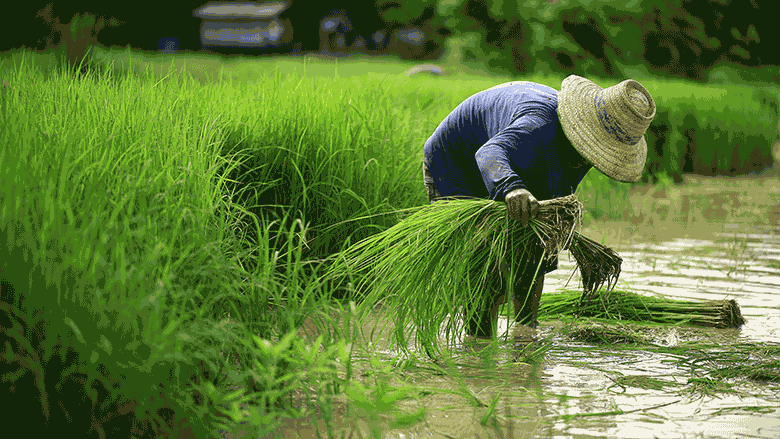Energy prices overall—which also include natural gas and coal—are expected to average 40 percent lower in 2020 than in 2019, although a sizeable rebound is anticipated next year. Natural gas prices have fallen substantially this year but coal prices have been less affected, since the demand for electricity has been less affected by mitigation measures.
A deceleration of economic growth in China—which accounts for half of global metal demand—will weigh on industrial metal prices. Gold prices, on the other hand, have risen as buyers have sought safety amid financial market turbulence.
Agriculture prices are less tied to economic growth and have undergone only minor declines over the first months of the year, with the exception of rubber which fell sharply, and of rice, which rose due to worsening crop conditions and some trade restrictions. Overall global agricultural prices are expected to remain broadly stable in 2020 as production levels and stocks of most staple foods are at record highs.
A rice farmer works in the field. © wanphen chawarung/Shutterstock Similarly, agricultural commodity production, especially next season, could be affected by disruptions to the trade and distribution of inputs such as fertilizer, pesticides, and labor. Snags to supply chains have already affected to the exports from some emerging market and developing economies of perishable products such as flowers, fruits and vegetables.
The impact of the COVID-19 pandemic on commodity markets more broadly may result in longer-term changes. Transport costs may be higher due to additional border-crossing requirements. Higher trade costs will in particular affect agriculture and food commodities and textiles. Decisions to stockpile certain commodities could affect trade flows and have an effect on global prices.
In addition to the health and human toll they face, and the effects of the global economic downturn, reduced demand for exports and disruption of supply chains will take a toll on the economies of these countries.



